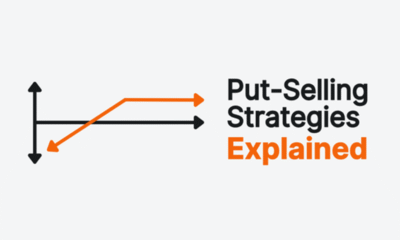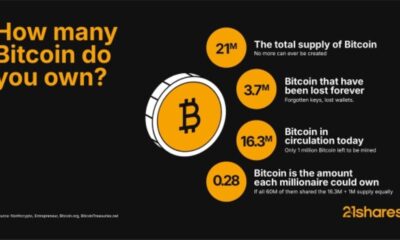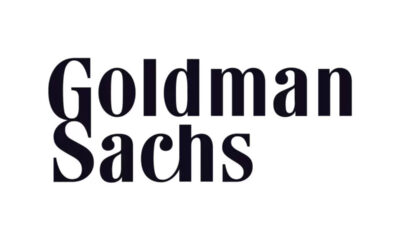Har du funderat på vilka börshandlade fonder lockar svenska investerare? Vi har tittat närmare på vilka börshandlade fonder som svenska och nordiska investerare söker efter när de kommer till vår sida.
XACT Norden Högutdelande är utan tvekan den mest populära av alla de ETFer som vi har skrivit om på vår sida. Den kvartalsvisa utdelningen och dess satsning på aktier med en låg volatilitet och hög direktavkastning gör det till en populär fond som återfinns i mångas depåer.
Den näst mest populära ETFen är XACT Sverige, som även denna lämnar utdelning. Till skillnad från XACT Norden Högutdelande sker utdelningen endast en gång per år.
VGWD ETF, eller VGWD Vanguard FTSE All-World High Dividend Yield UCITS ETF Distributing som är dess fullständiga namn, handlas bland annat på tyska Xetra, vilket gör att det går att handla den direkt genom DEGIRO, Nordnet och Avanza. VGWD ger bred exponering mot de största företagen med högre avkastning på utvecklade och tillväxtmarknader, men utesluter fastighetsbolag. Som alla andra av Vanguards ETFer så har den en låg förvaltningsavgift, 0,29 procent. Den kan liknas vid en global variant av XACT Norden Högutdelande eftersom den investerar i högavkastande aktier från hela världen.
Månadsutdelaren QYLE ETF Global X Nasdaq 100 Covered Call UCITS ETF USD Distributing tillhör kategorin Alternativa investeringar, teknologi, USA. Utdelningen i fonden delas ut till investerarna (månadsvis).
QYLE spårar prestanda för en täckt köpoption på Nasdaq 100-index. En täckt köpoption kombinerar en lång position i en tillgång med försäljning av köpoptioner på denna tillgång. Denna ETF får alltså kassaflöden genom att ställa ut köpoptioner och ta emot utdelningar vilket gör att den kan dela ut pengar till andelsägarna varje månad.
Bitcoin Zero SEK ett certifikat utan förvaltningskostnader som dessutom handlas i svenska kronor på en svensk börs. Detta certifikat är en börshandlad produkt som gör det enkelt, säkert och kostnadseffektivt att investera i Bitcoin.
Den enda obligationsfonden på listan är XACT Obligation (UCITS ETF). Det är en börshandlad indexfond som följer utvecklingen av marknaden för svenska statsobligationer, säkerställda bostadsobligationer och kommunobligationer, samtliga med så kallad Benchmark-status. Fonden följer Handelsbanken Sweden All Bond Tradable Index som används som jämförelseindex av en stor del av marknadens aktörer. Fonden kan passa den som söker en bred obligationsexponering. XACT Obligation kommer med en årlig förvaltningsavgift på 0,10 procent, och har blivit mer populär när de amerikanska bankerna hamnade i problem.
Ännu en börshandlad kryptovaluta har hittat en plats på listan. Valour SOLANA (SOL) är en börshandlad produkt, som gör investeringar i SOL enkla, säkra och kostnadseffektiva.
Solana är en decentraliserad blockchain och den snabbaste blockchain i världen, med mer än 400 projekt som spänner över DeFi, NFT, Web3 och mer.
Produkten är en en strukturerad investering i form av ett tracker certifikat enligt svensk lag. Den handlas på Nordic Growth Market (NGM) som är den primära marknadsplatsen.
I och med att guldpriset har rört sig uppåt har intresset för guldfonder kommit att bli mer populärt överlag. Den mest populära fonden är 4GLD, Xetra-Gold som erbjuder investerare en optimal och enkel möjlighet att delta i utvecklingen av guldmarknaden. Dessutom är handel med Xetra-Gold också mycket kostnadseffektiv eftersom den till skillnad från andra värdepapper inte kommer med varken abonnemangsavgifter eller förvaltningsavgifter.
Det finns bara transaktionskostnader som vanligtvis medför valutahandel när du köper eller säljer Xetra-Gold. En låg spread på i genomsnitt 0,1 procent (max. 1 procent) garanterar låga transaktionskostnader. Nominering i euro och gram gör investering i guld mer transparent för europeiska investerare.
ESG älskad och hatad. En variant av ESG-fond är de fonder som har en islamistisk inriktning, så kallade halalfonder. En sådan fond är ASWE, som är en aktivt förvaltad shariafond men till exempel HSBC har en serie fonder med fokus på att investera enligt islam. Det är ingen speciell enskild fond som sticker ut och lockar mer än andra.
Fonder som följer S&P 500 är, föga förvånande, en typ av fonder som det finns stort intresse kring. Det är ingen speciell enskild fond som sticker ut och lockar mer än andra.
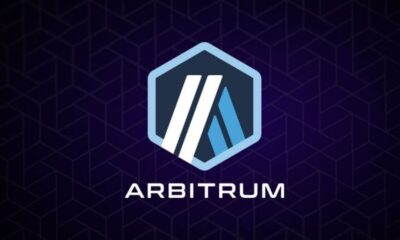
 Nyheter3 veckor sedan
Nyheter3 veckor sedan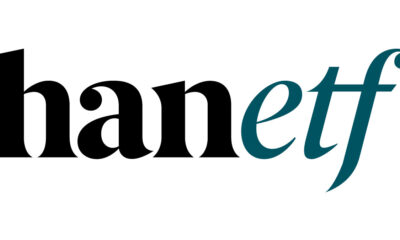
 Nyheter3 veckor sedan
Nyheter3 veckor sedan
 Nyheter2 veckor sedan
Nyheter2 veckor sedan
 Nyheter2 veckor sedan
Nyheter2 veckor sedan
 Nyheter4 veckor sedan
Nyheter4 veckor sedan
 Nyheter5 dagar sedan
Nyheter5 dagar sedan
 Nyheter2 veckor sedan
Nyheter2 veckor sedan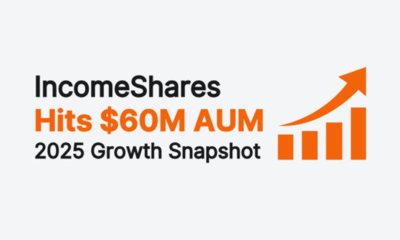
 Nyheter3 veckor sedan
Nyheter3 veckor sedan




